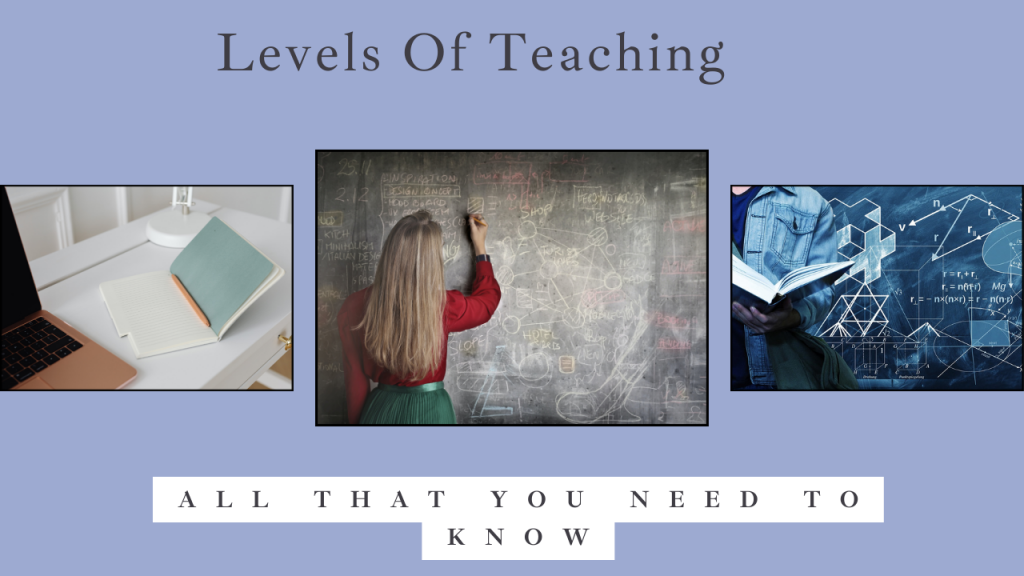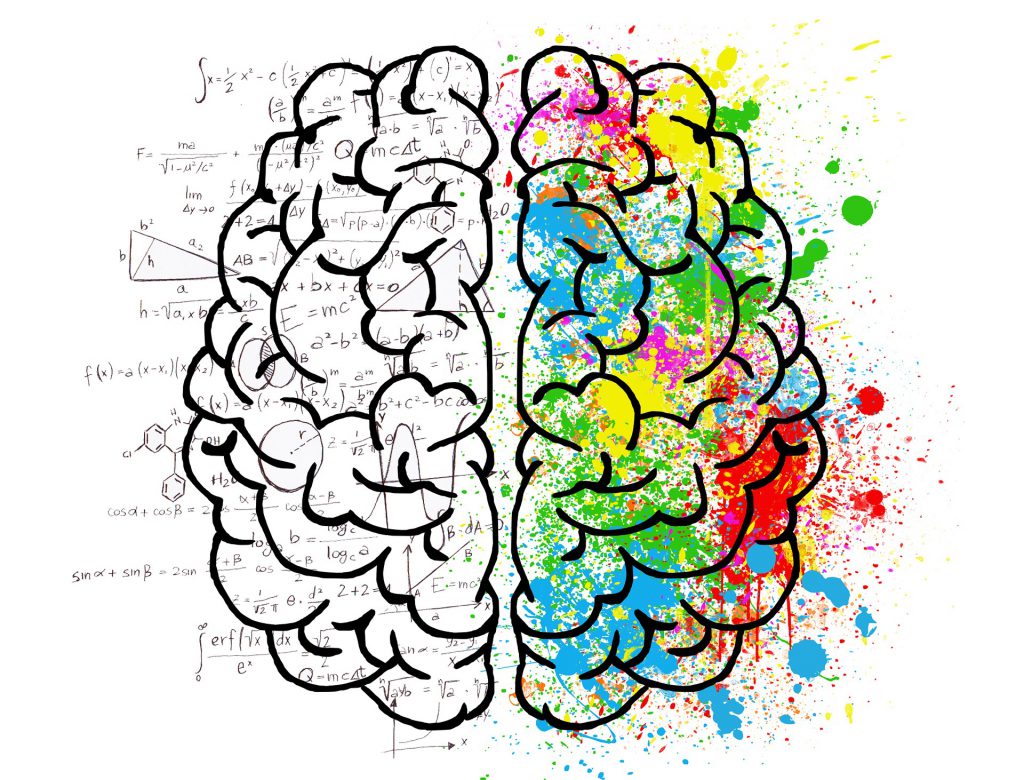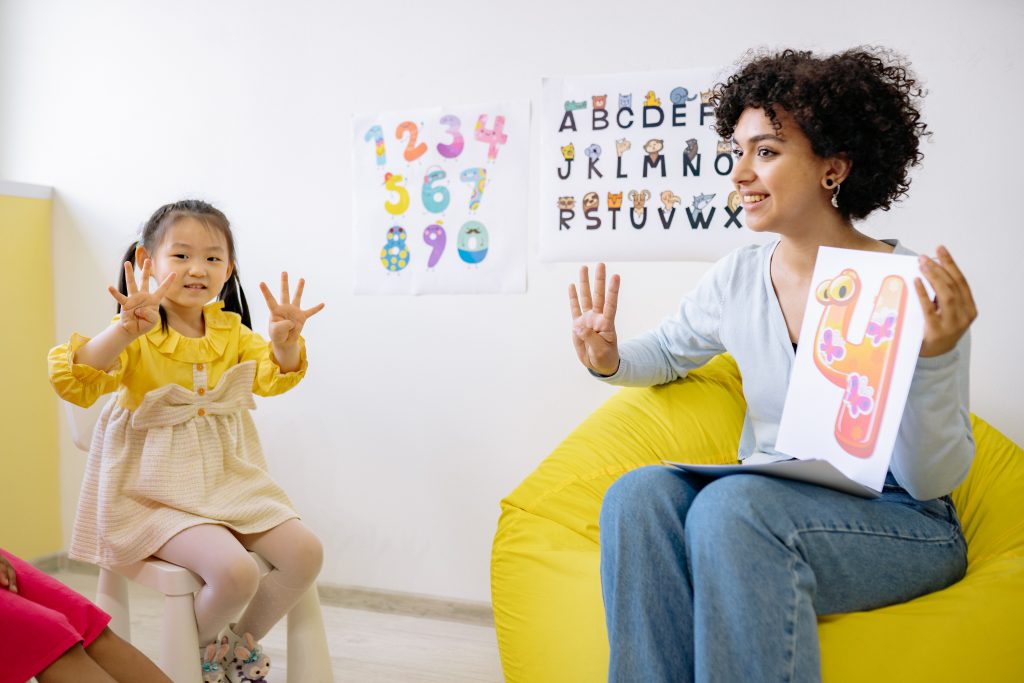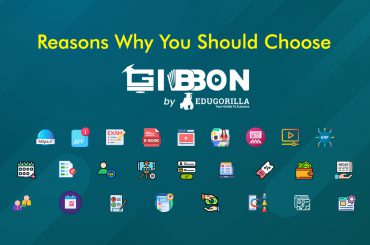The teacher’s ability to teach in the classroom is determined by how he or she conducts his or her teaching duties. The teacher has something on his mind in the classroom and communicates it to the students. The teacher uses teaching to do this. The success of a teacher’s instructions are determined by the pupils’ ability to fully comprehend it. The teacher makes every effort to ensure that the kids comprehend it. It is rightly said that teaching is a set of acts designed to encourage students to learn.

Levels of Teaching
Teaching is a goal-oriented activity to bring about observable changes in the learner. Teaching and learning are closely related ideas with the same purpose in mind: to develop the learner’s personality in all aspects.

Teaching can be done at three different levels, depending on the learner’s developmental stage and the educational goal. The following are the three levels of education –
- Memory Level
- Understanding Level
- Reflective Level
Memory Level of Teaching
Rather than simply memorizing things in order, pupils must relate to and comprehend the concepts. Memory level teaching, on the other hand, helps to strengthen the memory and exercise it. When the memory level of teaching is used, the teacher assumes a commanding and dominant position in the classroom.
The goal of teaching at this stage is to pass on information or knowledge to the student. This knowledge or information is factual (and was obtained by the learner through a mechanical process) (i.e. memorization or rote learning). The goal of memory level instruction is for the student to be able to:
- To obtain accurate information.
- To improve memory skills.
- To store the information learned in memory.
- When necessary, duplicate and recognize the learned knowledge.

Methods Used
The subject-centered and teacher-dominating method, which includes drill, review, revision, and asking questions, is employed at this level of teaching –
- Drill refers to repetition or practice to master the material’s memorization. It is the process of digesting and remembering data so that the taught elements and facts may be recalled quickly and effortlessly. No thoughtful activity is conducted as a result of this.
- The ways of revising the elements to relate them to fresh experience and build new associations for the development of new skills or learning to address new challenges are referred to as review or revision. As a result, rather than merely enforcing the acquired elements in the mind, revision or review results in the development of new understanding, acceptance of altered attitudes, or behavioral patterns.
- The strategy of asking questions is used to determine whether or not the educational objectives for knowledge level have been met. It’s a test of prior knowledge or previously taught material. Similarly, recapitulation can be used to examine the learners’ retention levels for previously taught subject matter using this method.
Understanding Level of Teaching
It’s somewhere in the middle of the memory and reflective levels. This stage of instruction necessitates a moderate amount of thoughtfulness. It is a requirement for reflective level teaching-learning, which necessitates the use of higher mental processes.
The word “understanding” literally implies “to comprehend, grasp, and have knowledge of,” as well as “to learn, interpret, and deduce,” among other things. To put it another way, comprehension is knowing the meanings of things and concepts, grasping an idea, interpreting a relationship, comprehending facts, and inferring one thing from another.
Learners are expected to comprehend factual information, understand the meanings of challenging concepts and their linkages and apply facts, concepts, and principles at the understanding level of teaching and learning.

Methods Used
The comprehension and application objectives are the goals of the understanding level of teaching. The teacher should employ the following teaching strategies to achieve these goals –
- Method of teaching
- Method of lecture-demonstration
- Methodology of discussion
- The inductive-deductive approach
- Explanation and Exemplification
Students begin learning at this level for two reasons:
- The teacher asks them to learn, and
- Internal factors compel them to learn.
As a result, motivation is not only extrinsic but also intrinsic at the understanding level of teaching-learning. It is the teacher’s responsibility to foster student curiosity for them to grasp new concepts. A word of encouragement or a nod of appreciation for a correct response or improved performance motivates students to do even better, especially when the goals of a particular activity are clear.

Reflective Level of Teaching
This level of teaching is the most active in terms of teaching and learning. It’s the stage of learning when students don’t just repeat and rewrite or answer questions as they’re given; they don’t only understand, learn, interrelate, or interpret concepts; they also reflect, contemplate, and give serious thought to the information supplied.
This is the highest level of cognitive ability development; and, in the spirit of Piaget’s theory, it is the formal operational stage where the optimum development of cognitive abilities takes place; and teaching-learning situations attempt to use and develop these abilities at the reflective level of teaching.
Methods Used
Because the teacher is responsible for the majority of the activity, the tools and approaches used at this level of teaching-learning are more learner-centered. The goal is to encourage, develop, and satisfy the learner’s curiosity to learn more about and beyond what is visible, investigate his surroundings, find new things, and construct a rational and scientific viewpoint. As a result, problem-centered and exploration-oriented strategies are employed, some of which are listed below –
- Problem-solving method
- Investigating projects
- Inquiry-oriented method
- Heuristic method
- Experimental method
- Discovery method
- Analytic method

Though when it comes to implementing any of the methods mentioned above a very smart and innovative platform is required to make your teaching life easier. Gibbon is a platform that can cater to diverse kinds of students. All you need is to sign up and you’ll get a huge plethora of white-labelled content, tech and content solution, multiple platform support, etc.
ABOUT GIBBON:
Gibbon is a Plug and Play solution offered by EduGorilla, for anyone with a skill to teach. Gibbon helps you to take your classes online and earn independently.
- Gibbon gives you the ability to conduct & record LIVE classes, host unlimited video courses, provide online mock tests, and conduct online tests with LIVE proctoring abilities.
- Gibbon also provides you ready-made content of 1600+ Competitive, Entrance, and Academic exams from around the country.
- Gibbon helps you reach out to more students online and get a complete marketing setup.
- We have helped more than 3000 Brands, 10000 Institutes, 20000 Teachers and 2 Crore Students, transform their education and future.
Gibbon stands for “Online-Ready Teachers for a Future-Ready India”.
To get started, book your free demo now.

Frequently Asked Question:
Question: What is levels of teaching?
Answer: Teaching is a goal-oriented activity to bring about observable changes in the learner. Teaching and learning are closely related ideas with the same purpose in mind.
Question: What are the features of levels of teaching?
Answer: According to modern concept, teaching is to cause the students to learn and acquire the desired knowledge, skills and also desirable ways of living in society.
Question: How many teaching levels are available?
Answer: There are 3 different levels of teaching. Memory Level of Teaching, Understanding Level of Teaching, Reflective Level of Teaching.
Question: What is the focus of concern in understanding level teaching?
Answer: Promotion of scope for seeking of relationship among facts and ideas. Encouraging recall and recognition of facts and information. Raising of problems and seeing solutions to problems so presented.





